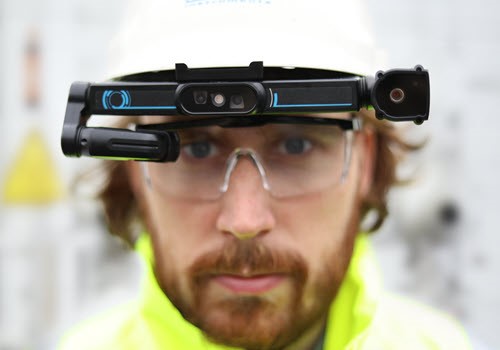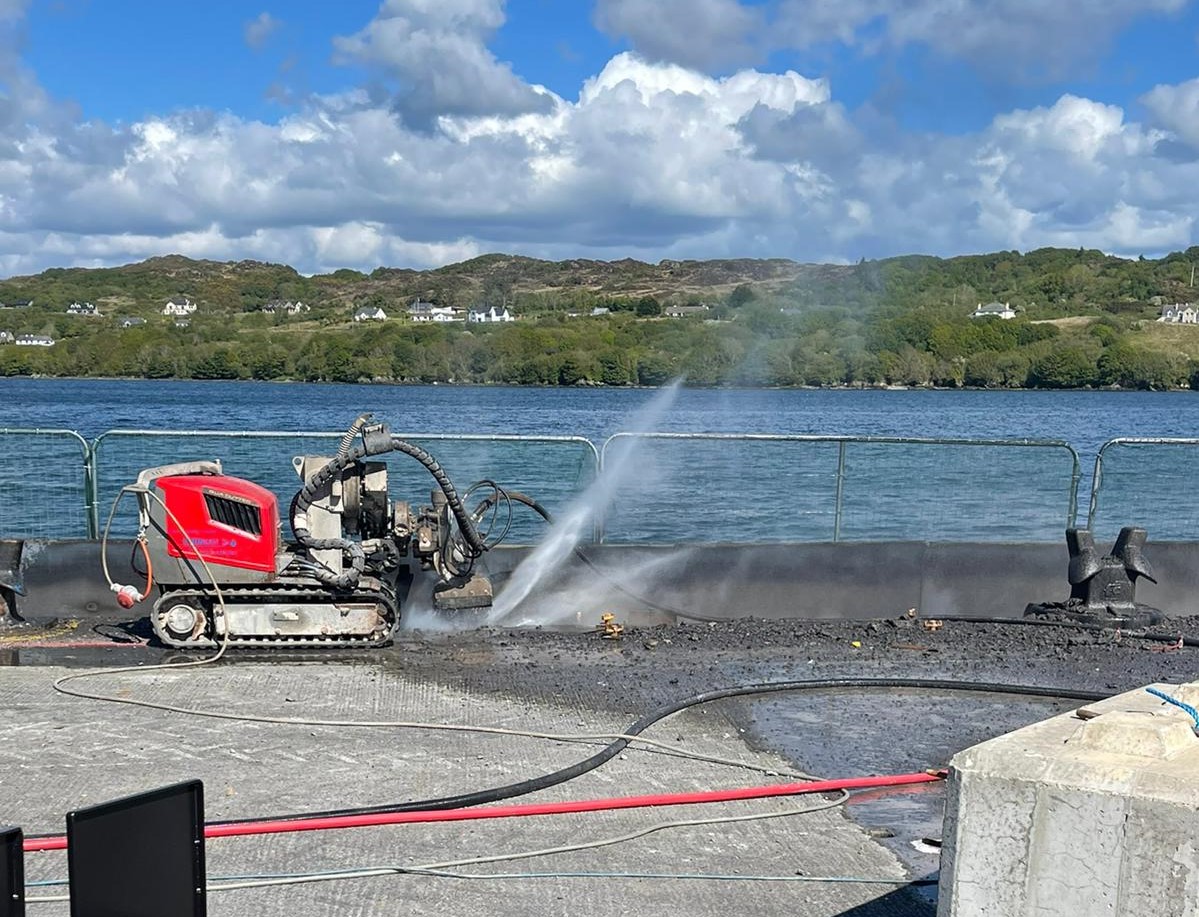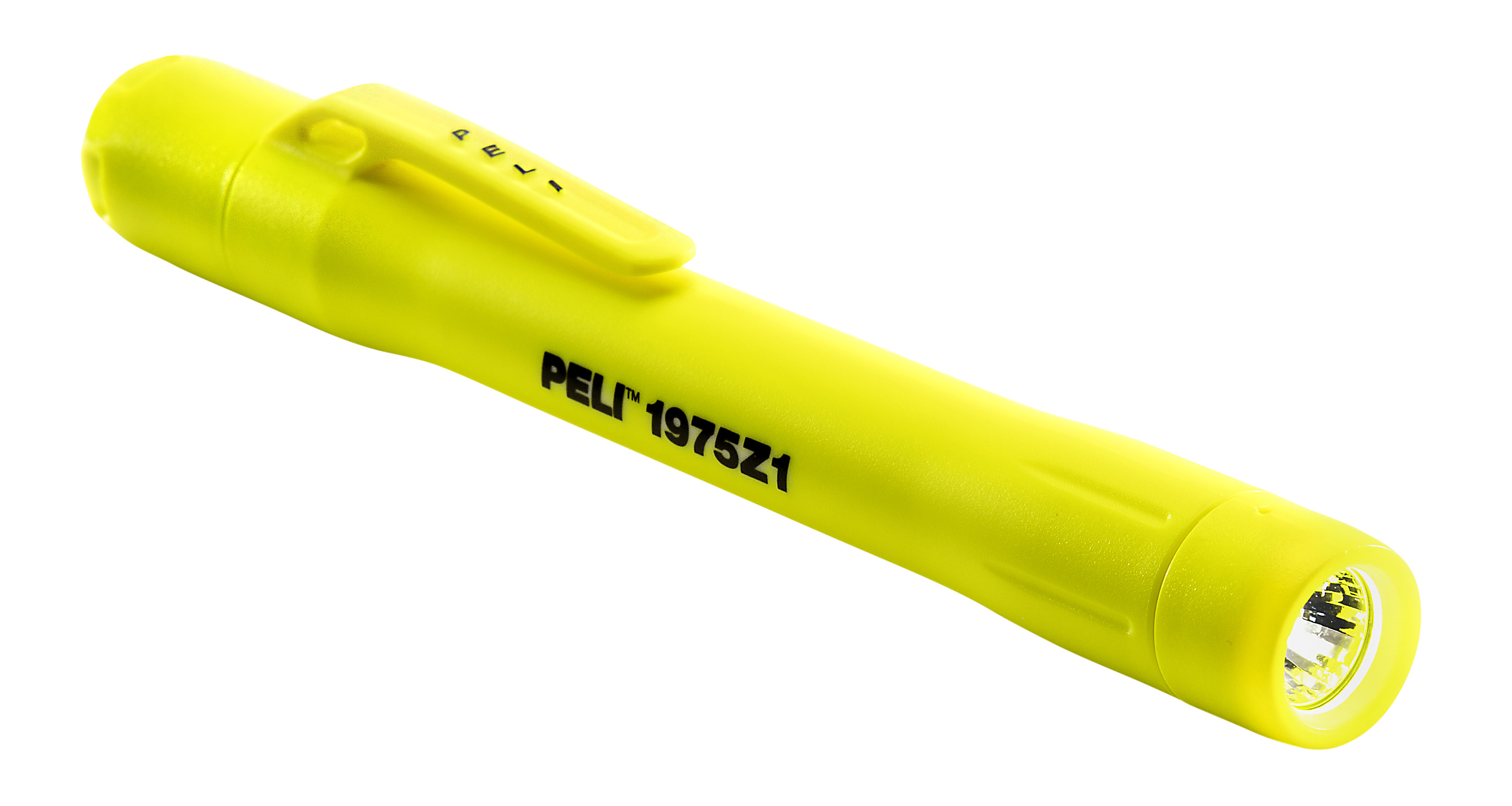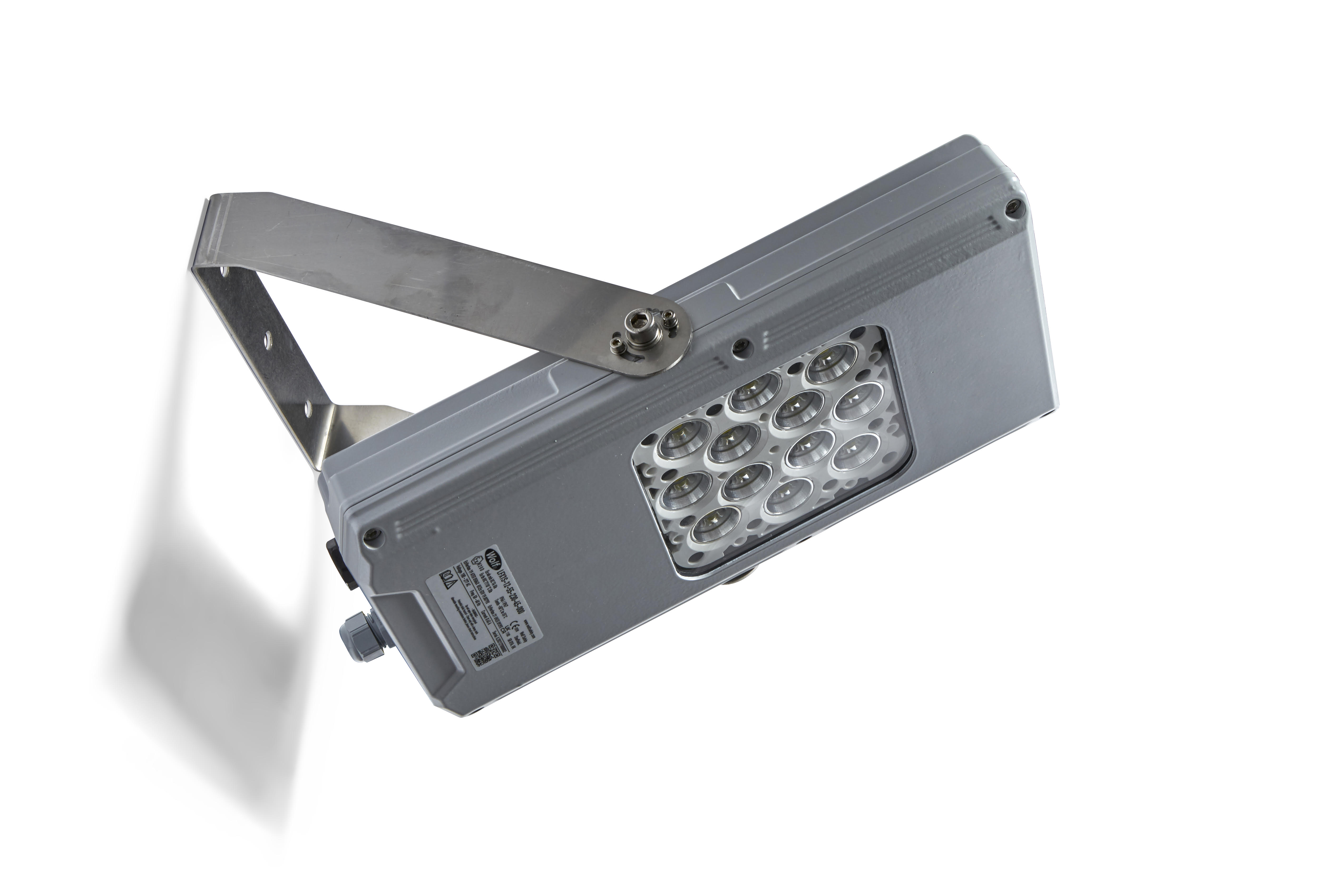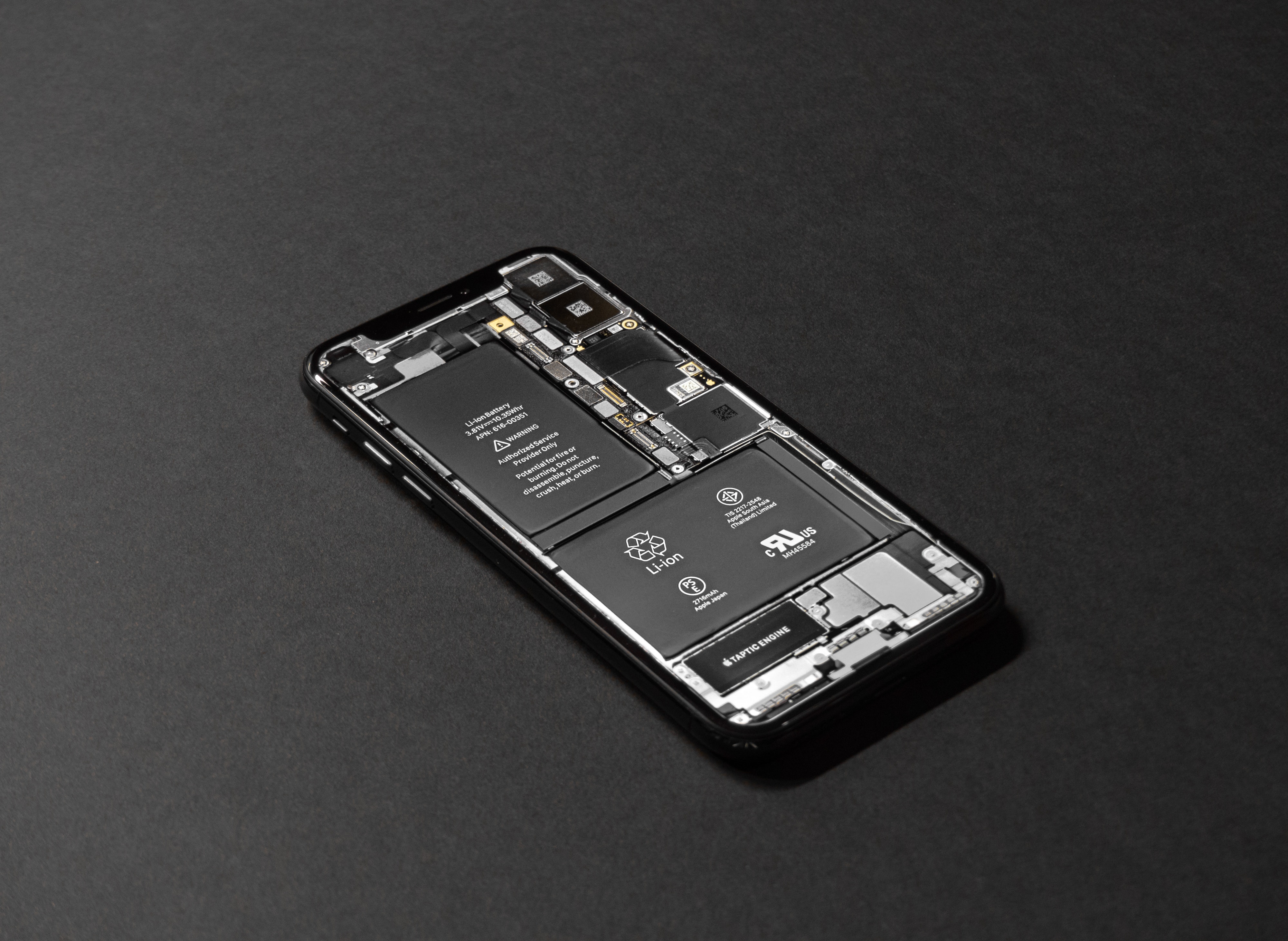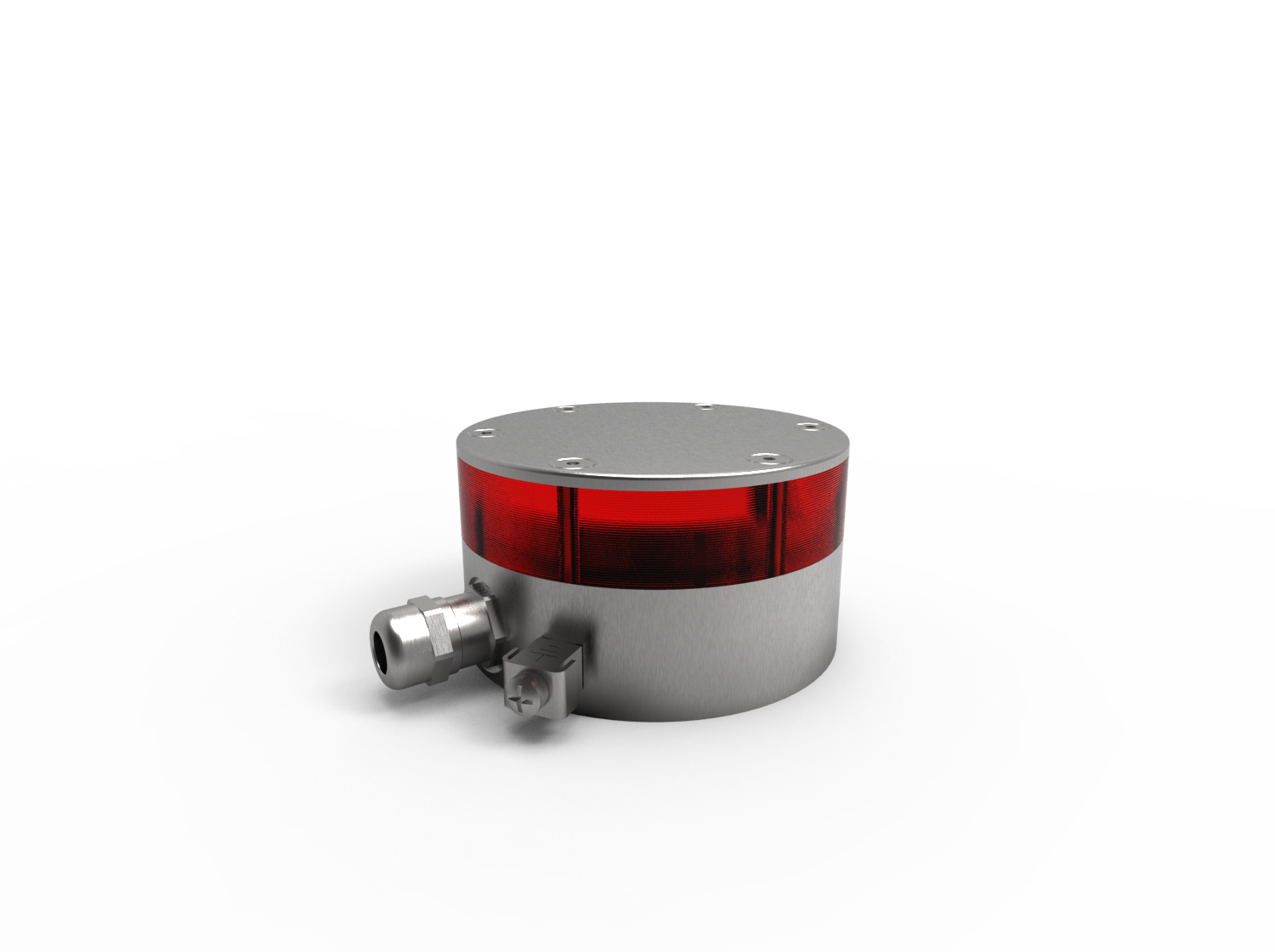A leading ventilation specialist is urging contractors to play their part in ongoing improvements to indoor air quality (IAQ) by ensuring ventilation systems are future-proofed.
One of the main challenges for those in the industry is the ever-changing regulatory landscape, particularly as air quality continues to dominate the news agenda. With consultation documents for Parts L and F of the Building Regulations hinting at stricter guidelines on IAQ, building to meet compliance in the present will not ensure systems are suitable in the near-future.
David Millward, Group Product Manager at Elta Group, comments: “It’s never easy to specify and install with one eye on the future, but the rapidly changing air quality landscape means contractors must aim to do just that. It isn’t just regulatory compliance either, as any changes to occupancy levels, purpose of a building, or internal layout can affect the level of airflow required.
“This is something that is especially relevant at the moment as hybrid working models become more commonplace in offices, with a quarter of UK businesses intending to use some form of homeworking going forward[1]. There needs to be the capacity to adapt ventilation to these changes, and that’s where contractors have a massive role to play.”
One of the most effective ways to do this is to install demand-controlled ventilation (DCV), which facilitates the adjustment (whether that’s automatic or manual) of ventilation rates according to what is required. DCV is a flexible approach that can help to increase the lifespan of a system, because if regulations tighten and there is a requirement to deliver even greater ventilation rates, this is achievable provided the system was originally installed with additional capacity.
David continues: “I think this is where there needs to be a change of mindset – from what is compliant and suitable now, to what will continue to be compliant and suitable moving forwards. This is why there is inclusion in Part F of the Building Regulations that systems should have the means to increase their performance by 50%, to encourage future-proofing of ventilation.”
Attention has also been drawn to some of the common mistakes that can impact the lifespan of a system. Amongst the most prevalent is overuse of flexible ducting, which can add pressure to a fan by limiting airflow, and ultimately increasing the risk of poor ventilation.
David concludes: “How a fan is installed can be just as important as specification in terms of ensuring longevity of a system. There are a wide range of factors that can affect how well ventilation performs, from vibration and noise control, through to not adhering to manufacturer guidance.
“That’s why we have created our Give a Fan a Chance guide, to provide some top tips for those tasked with delivering effective ventilation.”
To download the Give a Fan a Chance guide, please visit: https://www.eltafans.com/resources/
[1]https://www.ons.gov.uk/employmentandlabourmarket/peopleinwork/employmentandemployeetypes/articles/businessandindividualattitudestowardsthefutureofhomeworkinguk/apriltomay2021




